Alfama and Mouraria Tour – the Oldest Neighbourhoods in Lisbon
Nestled in the heart of Lisbon, Alfama and Mouraria stand as the oldest neighborhoods in the city, boasting a history that dates back over a millennium. The cobblestone streets whisper tales of bygone eras, where Moors and Christians once mingled, leaving an indelible mark on the culture and architecture of these iconic districts.
As visitors meander through the labyrinthine alleys, they’ll encounter a tapestry of sights and sounds that paint a vivid picture of Lisbon’s past. But what makes these neighborhoods truly captivating goes beyond their age; it’s the fusion of tradition and modernity that awaits around every corner, beckoning curious souls to uncover the hidden gems that lie within.
Key Points
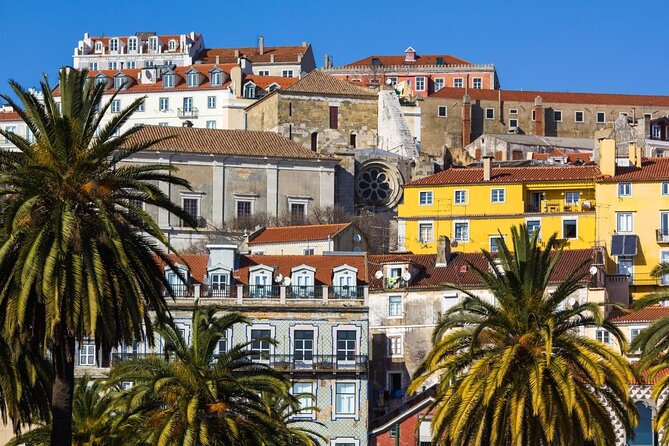
- Alfama and Mouraria blend Moorish and Portuguese architecture, showcasing narrow streets and colorful buildings.
- Cultural experiences like Fado music performances and artisan crafts reflect the rich heritage of the neighborhoods.
- Must-see landmarks include São Jorge Castle and Santa Luzia Belvedere, offering panoramic views and historical insights.
- Traditional cuisine like Bacalhau à Brás and Pastéis de Nata provide a taste of authentic Portuguese flavors in local eateries.
Historical Significance of Alfama and Mouraria
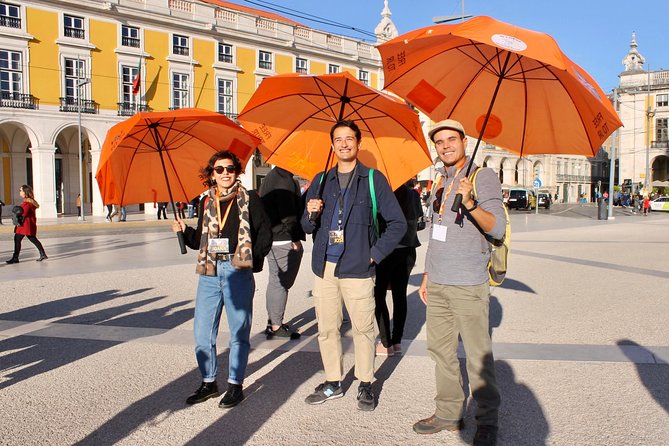
Exploring the historical significance of Alfama and Mouraria unveils a captivating journey through Lisbon’s oldest neighborhoods, rich in cultural heritage and architectural charm.
The architecture in these areas is a blend of Moorish influences and traditional Portuguese styles, showcasing a unique mix of narrow cobblestone streets, colorful buildings, and intricate tile work.
Community traditions run deep in Alfama and Mouraria, with locals preserving customs like Fado music performances and festivals that date back generations.
Visitors can enjoy the vibrant atmosphere of these neighborhoods, where history comes alive through the buildings and the stories shared by residents.
Must-See Landmarks in Alfama
For visitors exploring Alfama, the must-see landmarks offer a glimpse into the rich history and cultural heritage of this historic neighborhood in Lisbon.
When wandering through Alfama, visitors should make sure not to miss:
- São Jorge Castle: A historic fortress offering panoramic views of the city and the Tagus River.
- Santa Luzia Belvedere: An enchanting viewpoint with beautiful tile murals and a serene atmosphere.
- Fado Museum: Explore the soulful music genre originating from Portugal and explore its significance in Alfama’s culture.
These hidden gems and architectural wonders provide a deeper understanding of Alfama’s past and present, enriching the visitor’s experience of this charming neighborhood.
Cultural Experiences in Mouraria
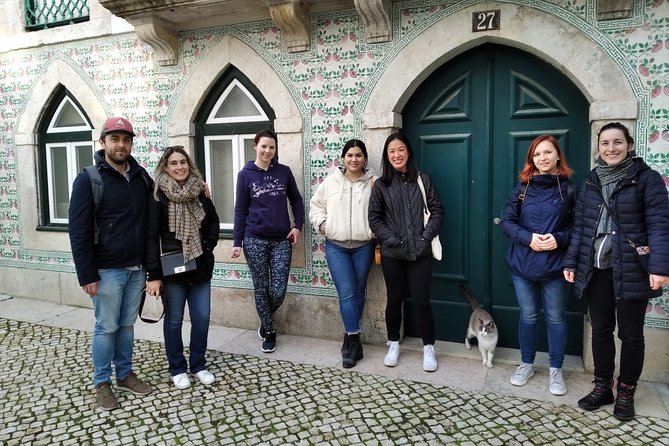
Enjoy the vibrant cultural tapestry of Mouraria, where a fusion of traditions, music, and flavors awaits to captivate visitors in Lisbon.
Cultural events in Mouraria offer a glimpse into the rich heritage of this neighborhood, with traditional Fado music performances that resonate through the narrow streets, showcasing the soulful sounds of Portugal.
Local artisans add to the authenticity of the area, crafting unique handmade goods that reflect centuries-old techniques passed down through generations. Visitors can explore workshops and galleries, interacting with skilled craftsmen who take pride in preserving their cultural heritage.
With every step, Mouraria invites you to experience the true essence of Lisbon’s oldest neighborhoods through its vibrant cultural offerings.
Traditional Cuisine to Try
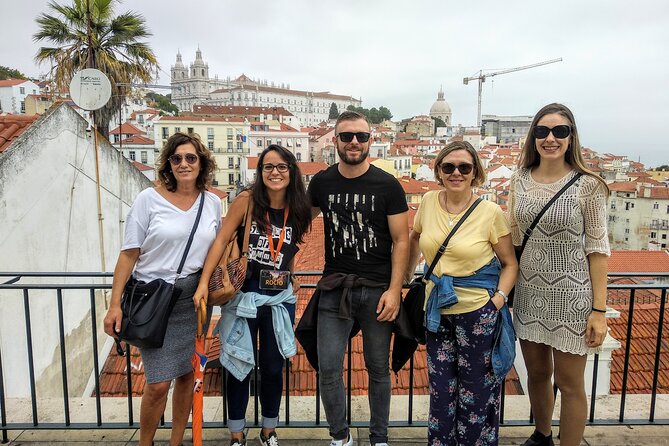
Indulge in the authentic flavors of Lisbon by sampling the traditional cuisine that showcases the rich culinary heritage of the region. When exploring Alfama and Mouraria, make sure to try these Portuguese delicacies and hidden gems:
-
Bacalhau à Brás: A classic Portuguese dish made with salted cod, eggs, onions, and thinly sliced potatoes.
-
Pastéis de Nata: These delectable custard tarts are a must-try, with a crispy pastry shell and a creamy custard filling.
-
Caldo Verde: A comforting soup made with kale, potatoes, and chorizo, offering a taste of traditional Portuguese comfort food.
These dishes won’t only tantalize your taste buds but also provide a glimpse into the culinary traditions deeply rooted in Lisbon’s history.
Insider Tips for Exploring
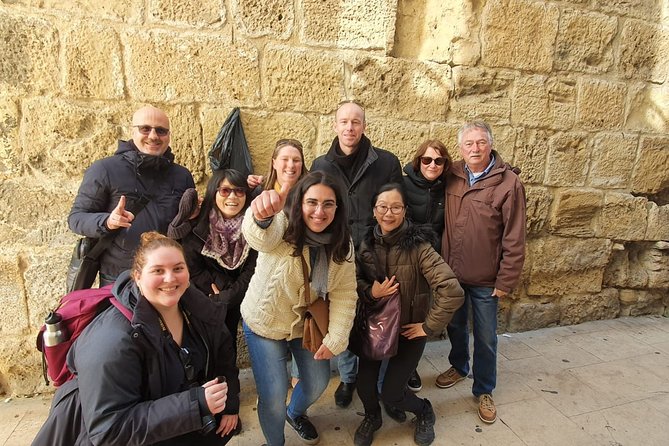
Uncover hidden gems and navigate the charming alleys of Alfama and Mouraria with these insider tips for exploring Lisbon’s oldest neighborhoods.
When exploring Alfama, be sure to wander off the main streets to discover quaint squares like Largo das Portas do Sol, offering stunning views of the city. Don’t miss out on visiting the Fado Museum to learn about this traditional Portuguese music genre deeply rooted in the neighborhood’s history.
In Mouraria, explore the multicultural vibe by tasting exotic flavors in local eateries and browsing through unique shops selling handmade crafts. To fully learn about the local culture, strike up a conversation with residents and absorb the authentic atmosphere of these historic districts.
Guided Tours and Local Guides

Set out on a guided tour led by local guides to delve deeper into the rich history and vibrant culture of Alfama and Mouraria, Lisbon’s oldest neighborhoods. These tours offer more than just a walk through the streets; they provide valuable local insights and uncover hidden gems that might otherwise go unnoticed by visitors. Here are three compelling reasons to opt for a guided tour with a local guide:
-
Gain insider knowledge about the neighborhoods’ history and traditions.
-
Explore off-the-beaten-path spots that reveal the true essence of Alfama and Mouraria.
-
Interact with locals and discover authentic experiences that showcase the unique charm of these historic areas.
Practical Information for Visitors
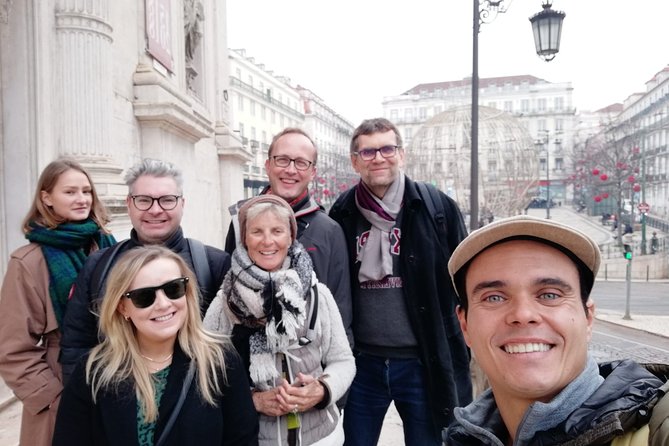
Visitors to Alfama and Mouraria in Lisbon can enhance their experience by familiarizing themselves with essential practical information for a smooth and enjoyable exploration of these historic neighborhoods.
When visiting, travelers will find various visitor amenities such as public restrooms, cafes, and souvenir shops scattered throughout the area to cater to their needs.
For those looking to extend their stay, there are several local accommodations available, ranging from budget-friendly hostels to charming boutique hotels, allowing visitors to immerse themselves fully in the vibrant atmosphere of Alfama and Mouraria.
It’s advisable to book accommodations in advance, especially during peak tourist seasons, to ensure a comfortable and convenient stay while exploring these captivating neighborhoods.
Common questions
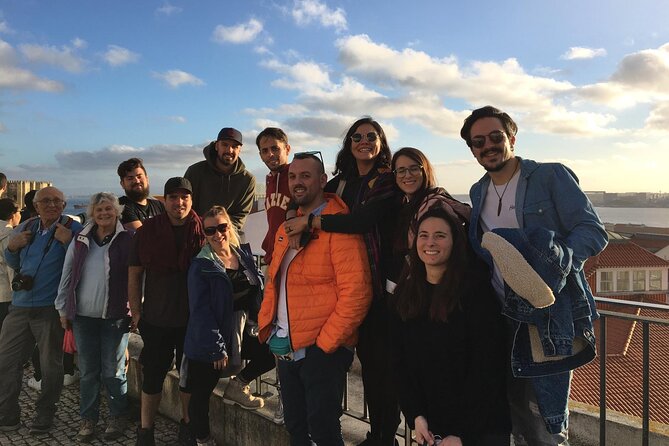
Is the Alfama and Mouraria Tour Suitable for Individuals With Mobility Issues?
For individuals with mobility issues, accessibility concerns on the Alfama and Mouraria Tour are vital. Tour route adaptations may be necessary to accommodate all participants effectively. It’s crucial to ensure a smooth and enjoyable experience for everyone.
Are There Any Specific Dress Code Requirements for the Tour?
When considering cultural etiquette, visitors should dress modestly and respectfully. Due to varying weather conditions, it’s advisable to wear layers. Comfortable footwear is a must for the tour. Bringing accessories like sunscreen and a hat can enhance the experience.
Can Children Participate in the Tour, and Is There a Minimum Age Requirement?
Children are welcome on the tour, offering family-friendly options and inclusive experiences. There are no specific age restrictions, making it a child-friendly activity. It’s a great way for families to explore and enjoy the oldest neighborhoods in Lisbon.
Are Food and Drinks Included in the Tour Package, or Should Participants Bring Their Own?
Food and drinks are not included in the tour package, allowing participants to explore local cuisine freely. Individuals with dietary restrictions should plan accordingly. There may be additional costs for cultural experiences involving food and drinks.
Is Photography Allowed During the Tour, Especially in Historic or Residential Areas?
Photography etiquette during tours involves being respectful of cultural sensitivity. Participants are usually allowed to take pictures, but it’s essential to ask permission in historic or residential areas. Remember to be mindful of local customs.
Last Words
Experience the magic of Lisbon’s oldest neighborhoods with the Alfama and Mouraria Tour. From the historical significance of Alfama to the cultural experiences in Mouraria, this guided tour offers a unique and immersive journey through the heart of the city.
Don’t miss out on the chance to explore hidden gems, taste traditional cuisine, and learn insider tips from a knowledgeable local guide. Discover the authentic spirit of Alfama and Mouraria with this unforgettable adventure.